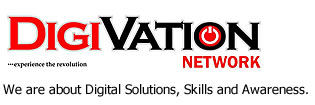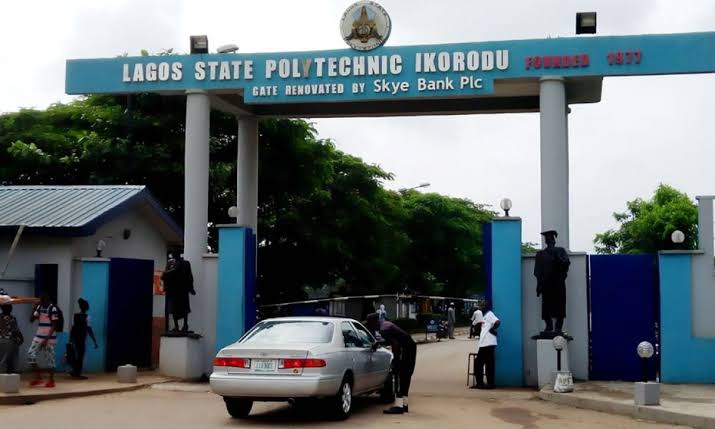The 11-digit NIN was planned to be replaced by the Digital Token or Virtual NIN tokenization for all purposes.
This will help to safeguard an individual’s data privacy even more by using an encrypted, coded representation (“disguised”) of the NIN in day-to-day transactions rather than the actual NIN itself.
In that they all hide the user’s NIN, user IDs, QR codes, and even verification log details on the MWS Mobile ID app are all examples of NIN tokenization.
The National Identity Management Commission (NIMC) stated that the card ID is no longer required after downloading the NIN app from the Play or Apple Store, which offers a digital ID.
Prof Isa Pantami, the Minister of Communications and Digital Economy, stated this at a National Identity Management Commission stakeholders’ workshop on the NIN Tokenization Solution in Abuja.
Seamfix’s Managing Director and Co-Founder, Mr. Chimezie Emewulu, explains why the company is endorsing NIMC on the digital token for the NIN slip.
Seamfix is a people and software development company focused on enhancing the quality of opportunities available to businesses by digitizing manual processes and automating customer touchpoints to provide better service to their consumers.
With a focus on Customer Onboarding, Identity Management, Data Collection, and Process Automation, Seamfix provides technological solutions and services that help businesses across industries and geographies on their path to digital transformation.
So far, how does Seamfix rate Nigeria’s national identity management system?
Chimezie: Nigeria’s National Identity Management System, which is overseen by NIMC, has come a long way since the country’s various political regimes.
The National Identity Management Commission, under the leadership of Engr. Aliyu A. Aziz, has recently embraced innovative technologies from reputable Nigerian companies to partner with the commission in order to achieve its mandate of enrolling Nigerians in the National Identity Database. One such partnership is with Seamfix Limited, a people and software development company.
NIMC previously had only the stationary Windows enrollment software, which had limitations in terms of setup cost, mobility, and accessibility to Nigerians in both semi-urban and rural areas. Before this strategic partnership, NIMC had only the stationary Windows enrollment software, which had limitations in terms of setup cost, mobility, and accessibility to Nigerians in both semi-urban and rural areas.
The Android NIN enrollment software gave Nigerians all throughout the world much-needed access to digital inclusion.
Second, the NIMC authorized select private entities to undertake NIN enrolment across several sites in Nigeria and the Diaspora through the Frontend enrollment partnership plan. Under the current leadership of NIMC, these front-end partners, armed with the NIMC Android Enrollment Software provided by Seamfix Limited, recorded a geometric increase in the number of Nigerians enrolled in the NIDB to the tune of 60 million in just one year, which is a groundbreaking achievement.
NIMC is continually examining its backend systems responsible for NIN production and expanding capacity to ensure that all Nigerians are digitally included in order to maintain ongoing progress.
Do you believe the country has established a robust system/infrastructure to manage this, now that the NIN slip has been replaced by a digital token?
Yes, the infrastructure and mechanisms are in place; however, the good news is that these systems were built by indigenous enterprises with a track record of completing similar projects.
I’m confident that appropriate planning has gone into managing the digital tokens, as well as plans to scale these systems as adoption grows.
What other points of view do you have on this?
As a country, we have made significant progress in our efforts to create a digital economy; this effort will undoubtedly reduce insecurity, corruption, and poor governance while also encouraging accountability.
I’d like to thank all of the NIMC ecosystem’s partners for their perseverance and innovative thinking in bringing the country’s digital environment to a new level. I also applaud the commission’s leadership, as well as the minister’s




